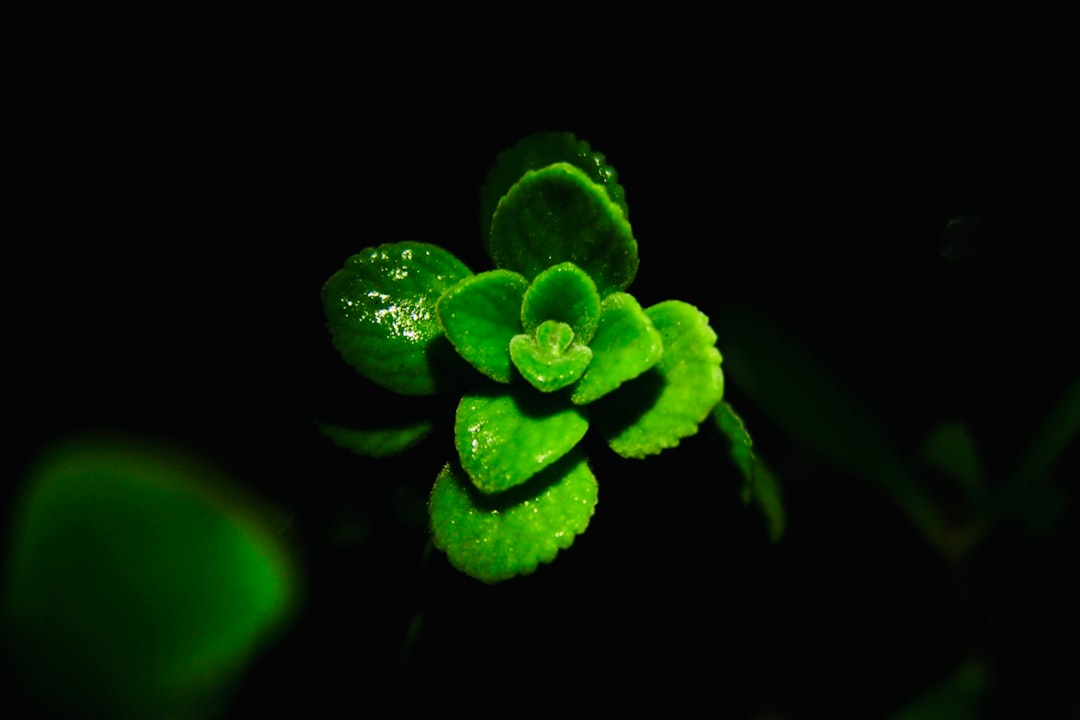Unveiling the Ideal Compost Bin Spot for Your Yard

Compost gardening is a rewarding practice that enriches your soil and reduces waste. One of the crucial steps in successful composting is finding the best location for your indoor or outdoor compost bin. This article will guide you through the factors to consider to discover the perfect spot.
### Convenience First
When it comes to choosing a location for your compost bin, convenience plays a significant role. You want to place it in an area that is easily accessible, especially if you plan to add kitchen scraps or yard waste regularly. For an outdoor compost bin, this could mean positioning it near your back door or close to the garden where you'll use the finished compost. This way, you won't have to carry heavy loads of organic matter over long distances, making the composting process more manageable and enjoyable.
If you're considering an indoor compost bin, such as a worm composting bin, place it in a room where you can easily tend to it. A utility room, basement, or even a corner of your kitchen can be suitable locations. Just make sure it's not in a high - traffic area where it might get knocked over or in a place where the smell could become a nuisance.
### Sunlight and Shade
The amount of sunlight the compost bin receives is another important factor. While some sunlight is beneficial for warming up the compost and promoting microbial activity, too much direct sunlight can dry out the compost. For outdoor bins, a spot that gets partial sun, about 4 - 6 hours a day, is ideal. This allows the compost to maintain a good temperature without overheating.
If you live in a hot climate, you may want to place the bin in a more shaded area. On the other hand, in cooler regions, a sunnier spot can help keep the compost warm enough for the decomposition process to continue efficiently. You can also use natural or artificial shading, such as a tree or a tarp, to adjust the amount of sunlight the bin receives.
### Drainage
Proper drainage is essential for a healthy compost pile. If the compost bin is located in an area that retains water, the compost can become waterlogged, leading to anaerobic conditions and a foul smell. Look for a spot with good natural drainage, such as a slightly elevated area in your yard. Avoid low - lying areas where water tends to pool.
If you're using an outdoor bin on a flat surface, you can create a drainage system by placing a layer of gravel or small stones at the bottom of the bin. This will help excess water drain away and prevent the compost from becoming soggy. For indoor bins, make sure they have drainage holes and place a tray underneath to catch any excess liquid.
### Air Circulation
Composting is an aerobic process, which means it requires oxygen. A well - ventilated location is crucial for the decomposition of organic matter. For outdoor bins, avoid placing them against a solid wall or in a corner where air circulation is restricted. Instead, leave some space around the bin to allow air to flow freely.
You can also improve air circulation by using a compost bin with ventilation holes or by turning the compost regularly. This helps to introduce oxygen into the pile and speeds up the decomposition process. In an indoor setting, make sure the room where the bin is located has proper ventilation, either through windows or an air - exchange system.
### Proximity to Neighbors
If you live in a neighborhood, it's important to consider the proximity of your compost bin to your neighbors. While composting is generally a low - odor activity when done correctly, there may still be some smell, especially if the compost pile is not well - managed. Place the bin at a reasonable distance from your neighbors' property to avoid any potential complaints.
You can also take steps to minimize the smell, such as covering the compost with a layer of dry leaves or soil and avoiding adding strong - smelling items like meat or dairy products. By being considerate of your neighbors, you can enjoy the benefits of composting without causing any disruptions.
### Safety
Finally, safety should be a top priority when choosing a location for your compost bin. If you have children or pets, make sure the bin is placed in an area where they can't easily access it. Some composting materials, such as sharp twigs or potentially harmful chemicals from treated wood, can pose a risk. You can use a secure lid or a fenced - in area to keep the bin safe.
Also, be aware of any potential hazards in the area, such as power lines or underground utilities. Avoid placing the bin too close to these to prevent any accidents or damage.
In conclusion, finding the perfect location for your compost bin requires careful consideration of several factors. By taking into account convenience, sunlight, drainage, air circulation, proximity to neighbors, and safety, you can create an ideal environment for successful composting. Whether you're a seasoned gardener or just starting out, a well - placed compost bin will help you produce high - quality compost and enhance the health of your yard.